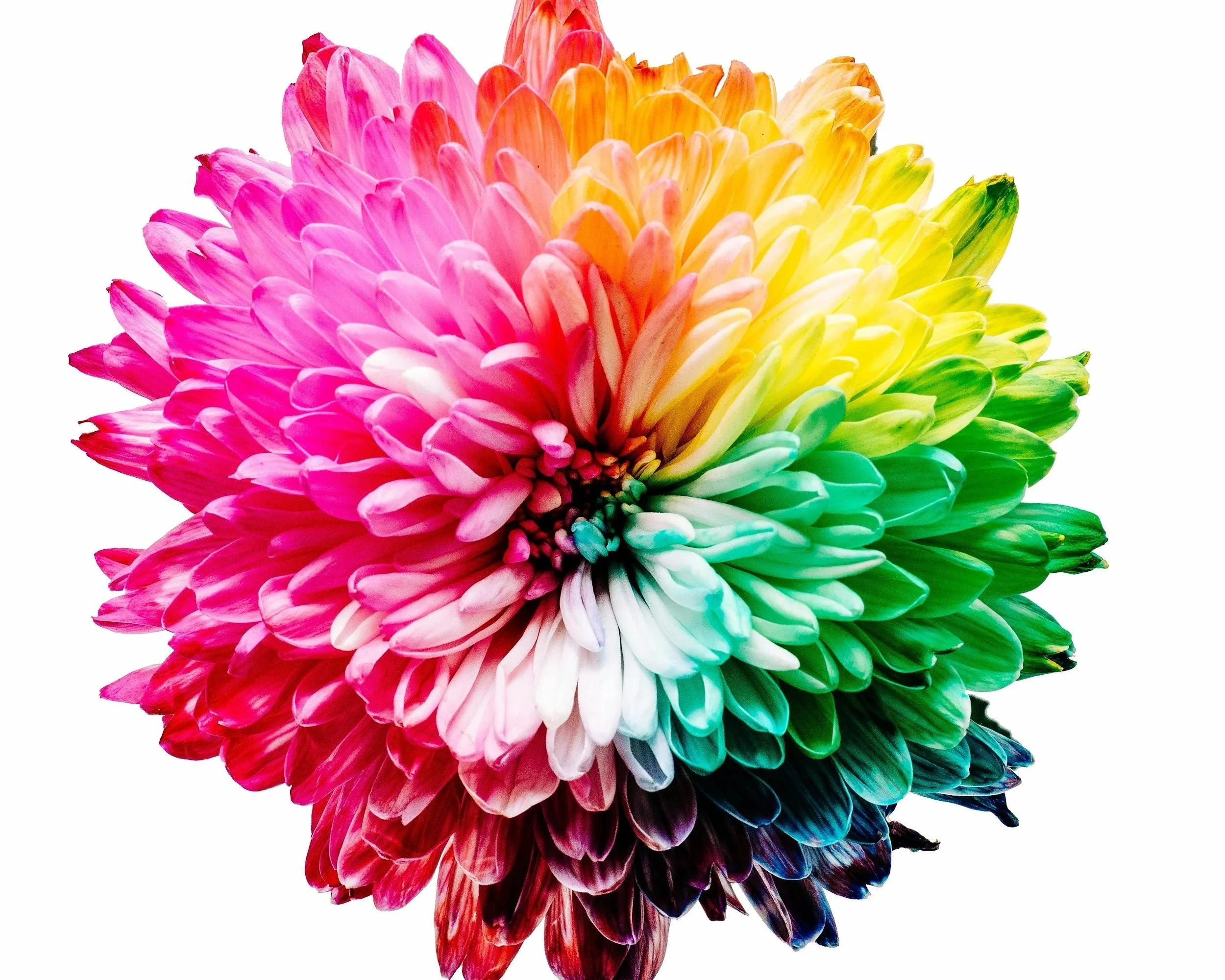Future of Creative AI
Collaboration, Not Competition
Moving Beyond the Fear Narrative
Much of the public debate around AI in the creative industries frames it as a threat: machines competing with humans, replacing jobs, and eroding originality. But this narrative overlooks the many artists who are already using AI not as a rival, but as a collaborative partner.
From digital painters using AI-generated textures as inspiration to musicians experimenting with generative models to spark new compositions, creative professionals are demonstrating that AI doesn’t have to diminish human talent. Instead, it can expand the toolkit, enabling new forms of expression that would be impossible otherwise.
For SMEs outside the arts, this shift in perspective matters. It highlights a practical lesson: AI should not be seen as a replacement for staff expertise, but as a way to augment and amplify what people already do best.
Artists as Co-Creators with AI
Take visual artists who use generative models to rapidly explore variations of a concept. The AI provides a flood of possibilities, but the human decides which spark is worth pursuing. Similarly, writers and game designers use AI tools to brainstorm dialogue or environments but then refine them into something uniquely their own.
This model of collaboration acknowledges what AI is, a tool for remixing and accelerating, while recognising what it is not: a source of true originality. Creativity comes from context, intuition, and meaning making, which remain uniquely human.
The process mirrors the way many SMEs might approach AI in areas like marketing, design, or customer engagement. AI can generate drafts, options, or insights at speed, but it is the team’s expertise, brand knowledge, and ethical judgment that turn those outputs into something valuable.
Lessons for SMEs
For small businesses, the creative industries offer a blueprint for responsible adoption:
Treat AI as a collaborator: Use it to explore options, not to finalise solutions.
Keep humans in the loop: Ensure staff remain the final arbiters of quality, tone, and compliance.
Focus on augmentation, not substitution: Identify tasks where AI can save time or spark ideas, rather than replacing core skills.
Retain your values: Make sure AI outputs align with your organisation’s voice, culture, and customer trust.
This approach shifts the conversation away from cost-cutting towards innovation. It positions AI as a catalyst for doing more, not as a justification for doing away with people.
Building Trust Through Collaboration
Customers, partners, and staff are more likely to embrace AI if they see it being used responsibly and transparently. A marketing campaign co-created with AI but overseen by human editors will carry more credibility than one churned out entirely by a machine.
Similarly, SMEs that demonstrate how AI enhances rather than replaces human input can build stronger relationships with employees. Staff are less likely to fear redundancy if they see AI being deployed as a tool that empowers them, rather than sidelines them.
For heritage and cultural organisations, this collaborative mindset also ensures that AI use remains aligned with community values. Creativity and meaning are social processes and AI should support, not undermine, those dynamics.
Final Thought
The future of creative AI is not about competition between humans and machines. It is about partnerships that draw on the strengths of both. Artists are already showing us the way: treating AI as a sparring partner, a sketchpad, or a source of inspiration, while keeping human creativity at the centre.
For SMEs, the message is clear. By adopting AI as a collaborator not a competitor you can unlock new opportunities for innovation, protect trust, and build resilience in a changing technological landscape.

